MSI colours the Z97A Gaming 6 in the company’s typical red and black colour scheme that is associated with its Gaming series parts.
Slight touches of red are highlighted on the heatsinks, while the rest of the board primarily consists of a matte black.
The Z97A Gaming 6 conforms to the standard ATX form factor meaning that chassis compatibility is widespread. The matte black PCB spans the front and rear side of the board, which is good to see.
An eight-phase power delivery system feeds the LGA 1150 CPU. Both of the cooling heatsinks are designed more for appearance rather than cooling function, although that shouldn’t be an issue as the VRM requirements set forth by an LGA 1150 are relatively forgiving.
MSI uses a simplistic VRM which consists of eight Nikos PK632BA and eight Nikos PK616BA components for the high and low side MOSFETs. A further two of each of the MOSFETs are used for system and memory duties.
A UPI uP1649Q controller manages the power delivery system with assistance from four UPI uP1951P dual driver ICs. This indicates that the system is actually a true four-phase design with a further four duplicated phases.
Up to 32GB of DDR3 memory can be installed in the four DIMM slots, with MSI stating frequency support for 3300MHz speeds.
In close proximity to the DIMM slots are the 24-pin power connector and one of two USB 3.0 headers in an outwards-facing orientation. A strip of voltage measuring points may be useful for overclocking or troubleshooting measures.
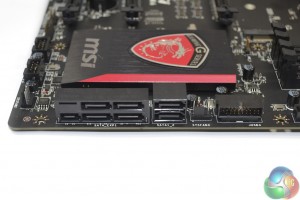
All six of the SATA 6Gbps ports originate from the Z97 chipset. Two of the ports combine to form the single 10Gbps SATA-Express connection (that shares bandwidth with the board’s M.2 slot).
The second USB 3.0 header is mounted in a right-angled orientation that is good for cable management proficiency and possibly negative for users with a narrow chassis. Both USB 3.0 headers feed ports from the Z97 chipset.
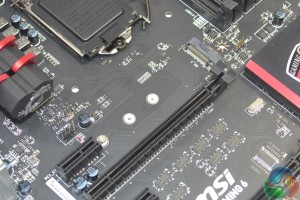
Support for up to 10Gbps transfer rates is outfitted with the M.2 connector. M.2 SATA drives are also supported.
While it would have been pleasant to see support for the higher-speed M.2 devices that are capturing the market by storm (Samsung’s SM951, for example), there’s very little flexibility in the bandwidth-constricted Z97 platform. That’s especially true when a PCIe 2.0 x2 USB 3.1 controller is on the board.
With Skylake and Z170 supposedly just around the corner and the promise of increased PCIe connectivity they bring, some users may be quick to question the logic of buying a Z97 motherboard at this point in time. While that's a perfectly reasonable issue to raise, some builders simply cannot wait before building their system, be it impatience or genuine needs such as broken hardware, or deadlines to meet.
Up to 2-way SLI and 3-way CrossFire is supported by the Z97A Gaming 6. Slot spacing is smart for a Z97 motherboard, with MSI leaving a cooling gap between boards in a dual-card configuration.
The bottom full-length PCIe slot can operate at PCIe 3.0 x4 bandwidth, so it may be useful to those who want high-speed storage over the PCIe interface. That would, however, force a reduction in the bandwidth fed to a GPU.
The usual affair of front panel headers and positioning is present. MSI also adds a header which can be used to boost the power delivery to the motherboard’s audio system. A debug LED is a pleasant addition for a mid-range Z97 motherboard.
At the heart of MSI’s Audio Boost 2 system is the Realtek ALC 1150 codec. Accompanying the widely-used codec is a pair of Texas Instruments OPA1652 op-amps and Nichicon capacitors.
A segregated PCB path and EMI shielding for the codec are used to minimise signal interference.
Arguably this motherboard’s main selling point is the USB 3.1 Type-C connection provided by a PCIe 2.0 x2 ASMedia ASM1142 chipset. The Type-C connector looks to be the future of USB, although MSI’s implementation on this motherboard focuses solely on the form factor and transfer rates, rather than enhanced power delivery and DisplayPort functionality.
Ethernet is provided by a Killer E2205 NIC which continues to prove popular thanks to the company’s Network Manager software. According to MSI, the red USB 2.0 and PS/2 Gaming Device Ports are optimised for high polling rate peripherals.
Distribution of the motherboard’s five fan headers is smart. Three of the headers are within reach of the CPU socket and the other two are well-positioned for serving front or side panel chassis fans.
Monitoring and fan control management is handled by the Nuvoton NCT6792D+ chipset.
While MSI’s heatsinks are clearly designed for aesthetics over function, they deliver on their appearance targets.
 KitGuru KitGuru.net – Tech News | Hardware News | Hardware Reviews | IOS | Mobile | Gaming | Graphics Cards
KitGuru KitGuru.net – Tech News | Hardware News | Hardware Reviews | IOS | Mobile | Gaming | Graphics Cards


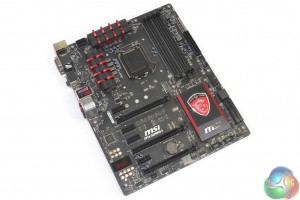
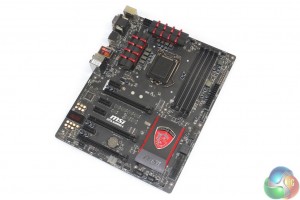
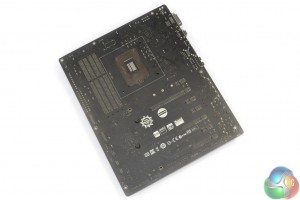

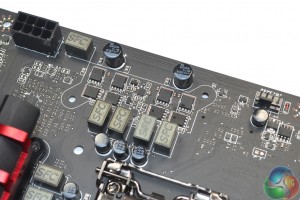
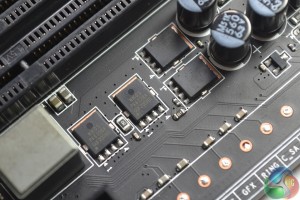
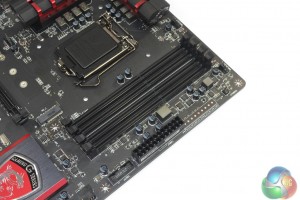
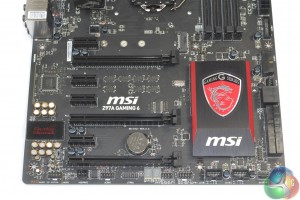

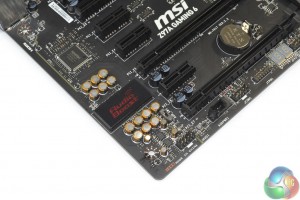
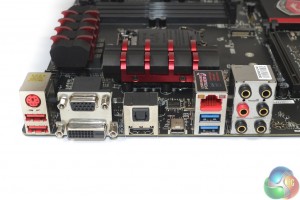
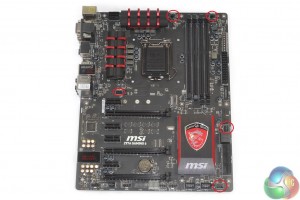
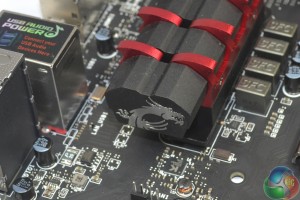
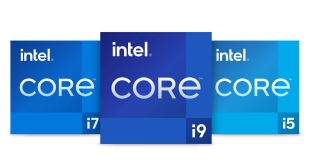
More fun with this site kitguru … Keep Reading
< ??????.+ zeldadungeon+ *********….. < Now Go Read More
0
Your first choice kitguru Find Here
All time hit the kitguru Find Here
I saw the bank draft saying $5356 @mk7
.
http://www.GlobalNetMoneyCrowd/lifetime/work...
Only 4 regular USB outputs on the back I/O panel is just too low.
MSI Gaming 5 vs Asrock fatal1ty z97 killer?